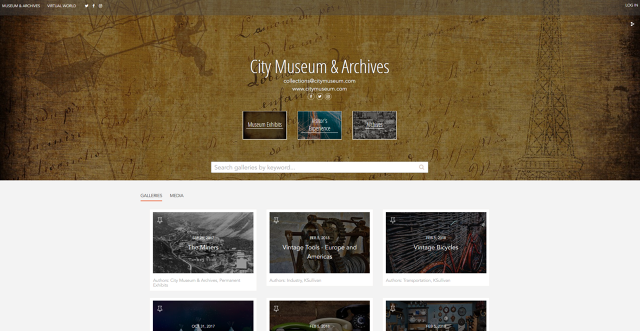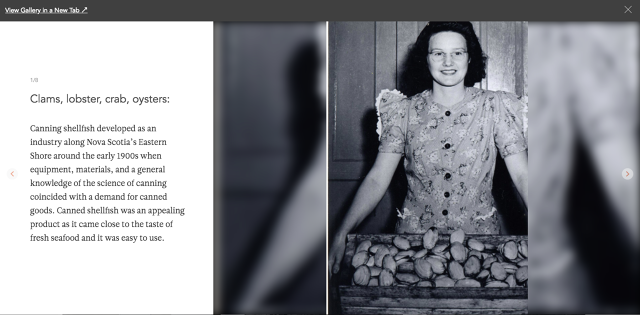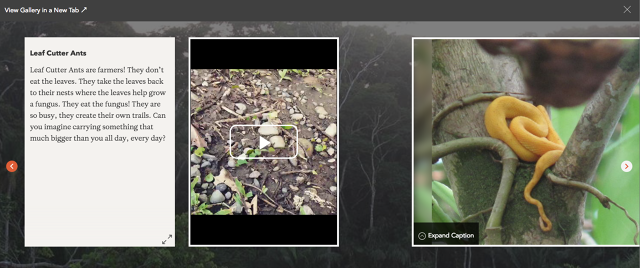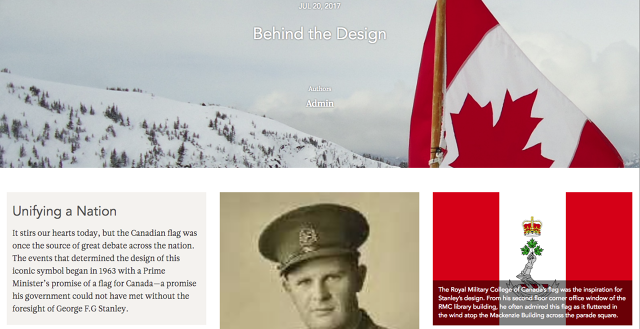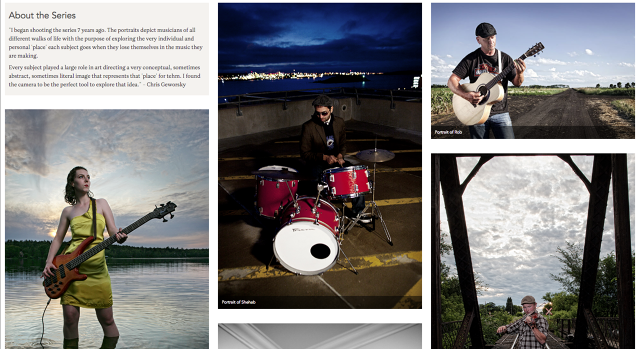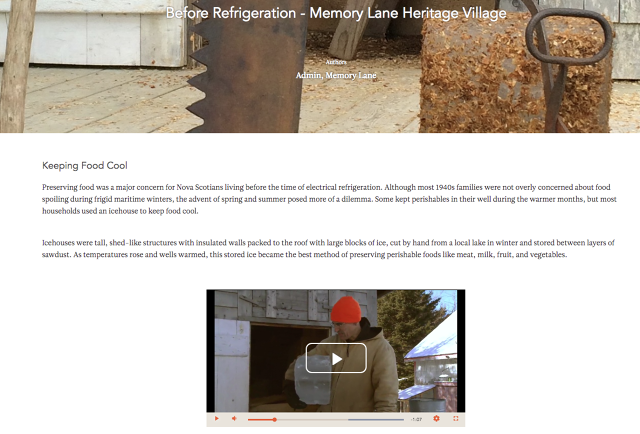Jul 31, 2018
Telling Good Stories - Part III
We’re back for a final look at themes. Since January, we’ve explored why good storytelling starts with themes and how to develop a great theme that truly stands out from the pack. Now it’s time to share that theme with the world! Newsflash: your audience will most likely never see it.
Wait—what?
That’s right. Themes are rarely plastered across museum exhibits (although some might sneak their way into titles) or recited over a gallery’s loudspeakers. In fact, visitors are seldom exposed to a theme exactly as it was so painstakingly written. Instead everything they encounter hints at it: each design choice, image, line of text, activity or program, sound or even smell is carefully curated to contribute to their understanding of that “big idea.”
The same is true of an online exhibit. Think of your theme as the cornerstone from which you select and build digital content. Audiences are more likely to pick up on the intended message if all exhibit content relates to it, right? Together every featured image, word, video clip or audio recording should point toward your theme. In this way, online exhibits become more than random collections of assembled images, words, and AV—they actually mean something.
Ready to put your theme to work building digital content with Codex? Consider these three top tips before you dive in.
Top Tip #1: Text
Text can be one of the easiest ways to flex your thematic prowess, but also one of the most challenging to get right. The best kind of text uses simple, everyday language to help your audience understand what they are experiencing, building connections between previous knowledge and new ideas. Remember: ideas, not information. Great writing reveals meaning and makes connections rather than cataloguing facts and figures. Try the following strategies when developing text to support your theme:
- Brevity: What’s worth knowing? Text loses its impact when it contains too much information. It’s better to prune content to increase clarity than alienate readers through digital galleries that look like pages from a book. Concise, focused content keeps your theme driving the narrative and ensures that readers are not overwhelmed by superfluous or irrelevant information. Every word counts.
- Relevance & Real World Connections: Text will always be more meaningful to a reader if they can make a personal connection to it. What matters to your audience? What’s familiar to them? Use text to make real-world examples relevant, show how details fit into the big picture or connect the dots back to the life of the reader.
- Invite Questions: Encouraging readers to question, probe, and think critically is fundamental to all good writing. Exhibits therefore become as much about the questions we pose as the ideas we impart. By not providing all the “answers,” text can serve as a jumping-off point for readers to discuss ideas with others and think for themselves.
Check out these Codex galleries that put text to work for their theme:
Top Tip #2: Images
A picture really can be worth a thousand words—or at least 100! If you can say it better visually, tuck away your keyboard and start sifting through available images. Gather up all those that connect with your topic and evaluate. Are there duplicates? Think multiple shots of the same object or person. Remove the excess from the pile (even if it’s a virtual heap). Do any generally convey the same meaning, even if they look a bit different? Keep the best and toss the rest. With the images that remain, measure each one against your theme and ask yourself: does this visual resource connect or confuse? The best images are those that convey your theme as powerfully as any written word.
Here are three Codex galleries that use images to say it—and say it well:
Top Tip #3: Audio + Video
Think of audio and video recordings as radio sound bites or Hollywood trailers in the making—only the most appropriate, impactful scenes ever make the cut! Cull the best from the rest by choosing clips that a) illuminate aspects of your theme, b) are memorable and engaging, and c) heighten emotional connections between the viewer and your resource. This is one area where it’s critical to keep your audience in mind. Viewers will become more engaged with your resources (and your theme) digesting short, powerful clips—not processing long lengths of audio or video. Don’t be afraid to cut and hack your way to a better clip using simple software like Windows Movie Maker or iMovie. Be as judicious with each second as you are with each line of text you write.
